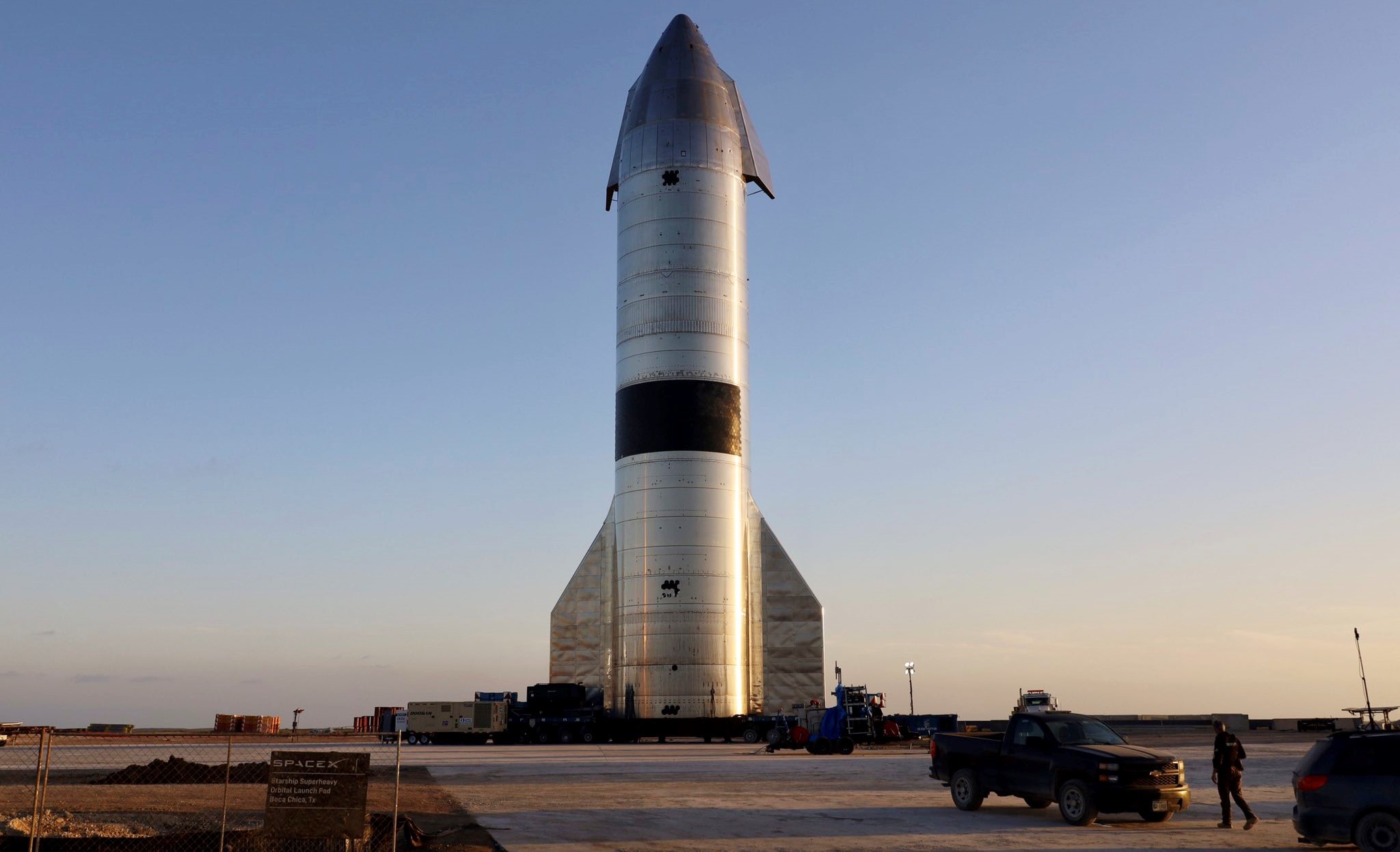

News
Elon Musk says SpaceX might refly Starship after historic landing
Update: CEO Elon Musk says that SpaceX “might try to refly SN15 soon” after it became the first Starship to ace a high-altitude launch and survive the landing. In other words, SpaceX might be about to kick off what’s bound to be a long and fruitful future of Starship reusability.
Less than six months after high-altitude flight testing began, SpaceX has successfully landed a full-size Starship prototype in one piece, giving the company its first real opportunity to inspect a flown vehicle with flaps, a nose, and three Raptor engines.
That spectacular success will simultaneously give SpaceX a wealth of data from any onboard cameras and data recorders, as well as the physical condition of Starship itself – including three Raptor engines with several minutes of flight time. While SpaceX likely already managed to determine a great deal from over-the-air telemetry and wreckage taken from Starships SN8 through SN11, it now has a virtually unharmed, full-scale, full-fidelity prototype to truly compare and contrast with more theoretical engineering and flight performance models.
Perhaps most importantly, though, SN15’s success also raises the question: what’s next for SpaceX and its Starship program?
The reality is that things could go any number of directions depending on Starship SN15’s condition and just how successful SpaceX determines the flight really was. If Starship SN15 and its tanks, flaps, and Raptors are all in impeccable condition, it’s not impossible to imagine that SpaceX could do what it did after Starship SN8’s near-total success and scrap Starship prototypes SN17, SN18, and SN19 before work really begins. While unlikely, SN15 could even fly a second time in that scenario.
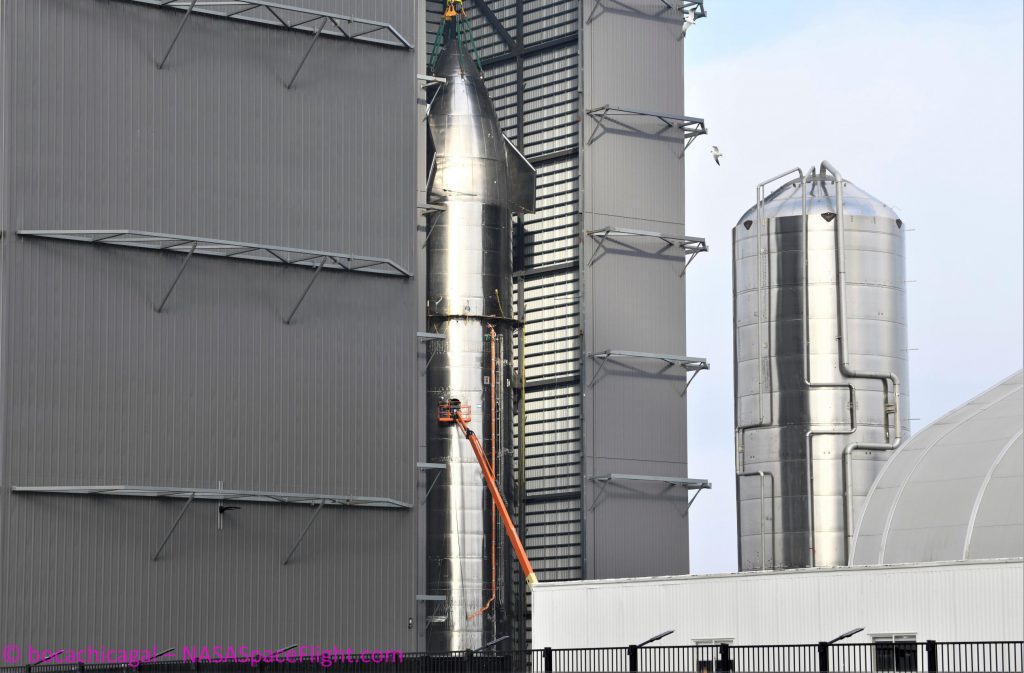
Starship SN16 is already more or less complete could easily be ready to roll to the launch pad within the next week. Odds are good that SpaceX will use SN16 to (hopefully) replicate Starship SN15’s spectacular success and prove beyond a shadow of a doubt that the vehicle’s current design has fixed the issues that doomed SN8 through SN11. With SpaceX’s Starship program, though, just about anything is possible – especially at a point that CEO Elon Musk appears to be seriously considering a giant tower with arms as a replacement for landing legs.
Meanwhile, Musk himself confirmed that SpaceX is working towards a goal of launching Starship into orbit for the first time by July 2021. Beginning with Starship SN20, those initial orbital flight tests will use Starship prototypes with still more upgrades beyond the “hundreds of improvements” present on SN15. It’s unclear how significant the upgrades needed to move from SN15’s design to an orbit-capable Starship are but at minimum, SpaceX will need to outfit orbital ships with a full heat shield and three new vacuum-optimized Raptors on top of the three sea-level engines already flown on SN8 through SN15.
Musk has implied that recovering a Starship prototype from orbit could take several failed attempts before the first success. Along those lines, SpaceX has its work cut out for it given that Starship will be the heaviest orbital spacecraft ever launched by a large margin. Unlike the ~100 metric ton (220,000 lb) Space Shuttle orbiter, though, SpaceX won’t be gambling the lives of astronauts on Starship’s initial orbital flight tests, leaving far more room for uncertainty and risk-taking.
Beyond Starship itself, SpaceX has yet to complete or test a flightworthy Super Heavy booster prototype and the company’s orbital-class Starship launch facilities are far from complete. Many parts of Super Heavy boosters BN2 and BN3 have been completed and are waiting for integration to begin and SpaceX has made a huge amount of progress on said orbital launch site over the last six months, but months of work almost certainly remain before either crucial component will be ready for orbital launch attempts.
For now, we’ll just have to wait and see what happens to Starship SN15 and SN16.
News
Tesla cleared in Canada EV rebate investigation
Tesla has been cleared in an investigation into the company’s staggering number of EV rebate claims in Canada in January.
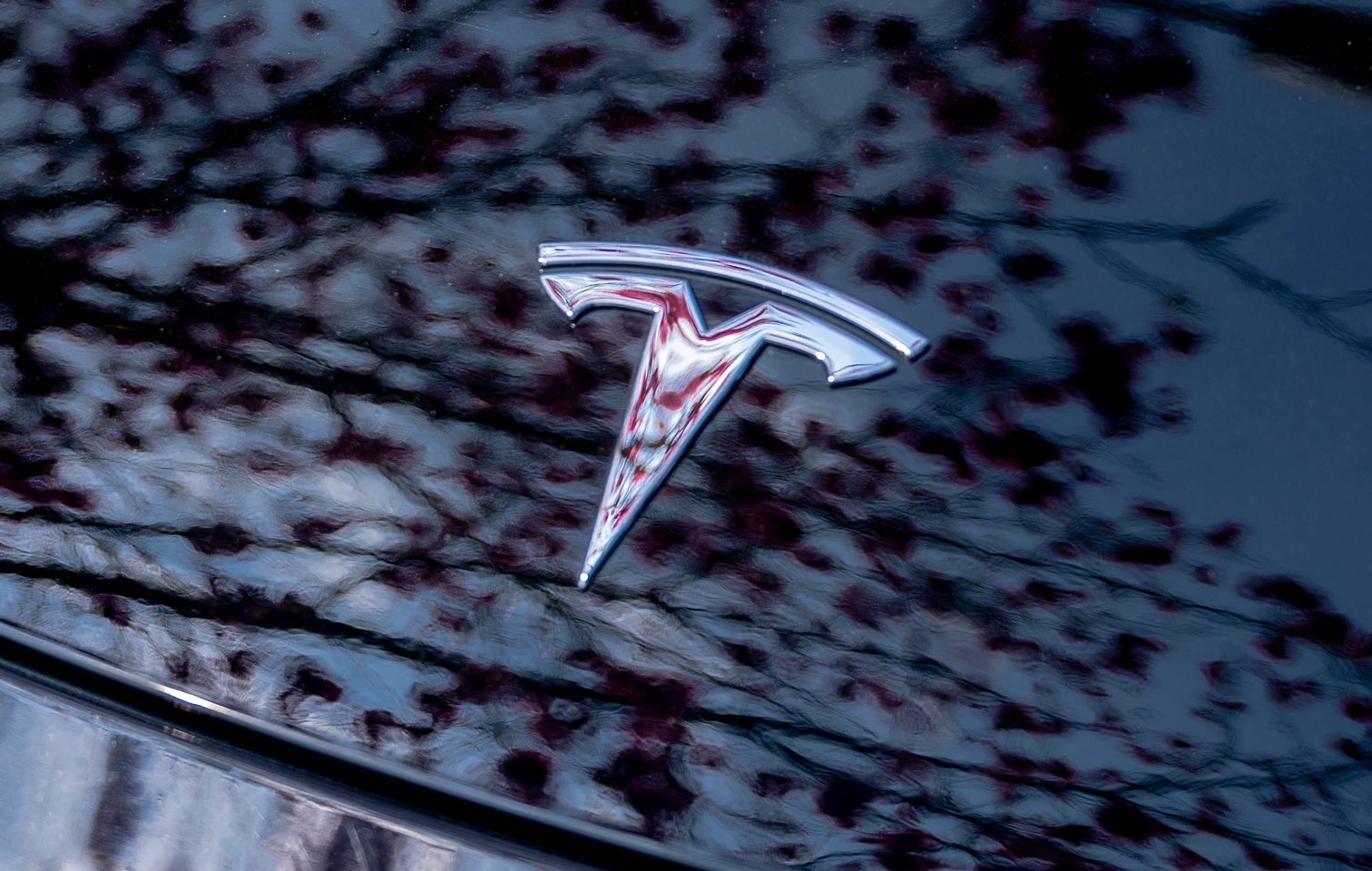
Canadian officials have cleared Tesla following an investigation into a large number of claims submitted to the country’s electric vehicle (EV) rebates earlier this year.
Transport Canada has ruled that there was no evidence of fraud after Tesla submitted 8,653 EV rebate claims for the country’s Incentives for Zero-Emission Vehicles (iZEV) program, as detailed in a report on Friday from The Globe and Mail. Despite the huge number of claims, Canadian authorities have found that the figure represented vehicles that had been delivered prior to the submission deadline for the program.
According to Transport Minister Chrystia Freeland, the claims “were determined to legitimately represent cars sold before January 12,” which was the final day for OEMs to submit these claims before the government suspended the program.
Upon initial reporting of the Tesla claims submitted in January, it was estimated that they were valued at around $43 million. In March, Freeland and Transport Canada opened the investigation into Tesla, noting that they would be freezing the rebate payments until the claims were found to be valid.
READ MORE ON ELECTRIC VEHICLES: EVs getting cleaner more quickly than expected in Europe: study
Huw Williams, Canadian Automobile Dealers Association Public Affairs Director, accepted the results of the investigation, while also questioning how Tesla knew to submit the claims that weekend, just before the program ran out.
“I think there’s a larger question as to how Tesla knew to run those through on that weekend,” Williams said. “It doesn’t appear to me that we have an investigation into any communication between Transport Canada and Tesla, between officials who may have shared information inappropriately.”
Tesla sales have been down in Canada for the first half of this year, amidst turmoil between the country and the Trump administration’s tariffs. Although Elon Musk has since stepped back from his role with the administration, a number of companies and officials in Canada were calling for a boycott of Tesla’s vehicles earlier this year, due in part to his association with Trump.
News
Tesla Semis to get 18 new Megachargers at this PepsiCo plant
PepsiCo is set to add more Tesla Semi Megachargers, this time at a facility in North Carolina.
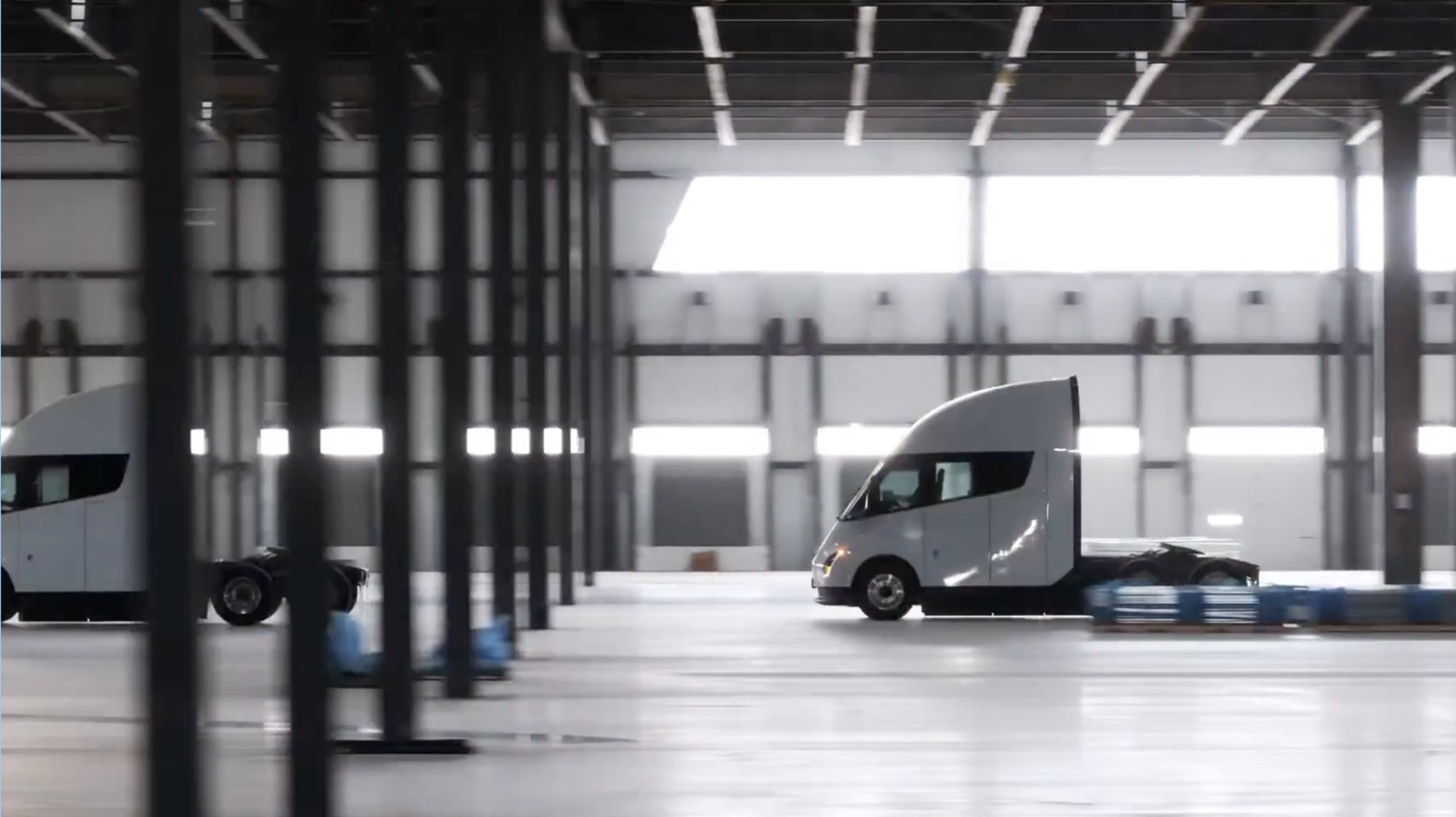
Tesla partner PepsiCo is set to build new Semi charging stations at one of its manufacturing sites, as revealed in new permitting plans shared this week.
On Friday, Tesla charging station scout MarcoRP shared plans on X for 18 Semi Megacharging stalls at PepsiCo’s facility in Charlotte, North Carolina, coming as the latest update plans for the company’s increasingly electrified fleet. The stalls are set to be built side by side, along with three Tesla Megapack grid-scale battery systems.
The plans also note the faster charging speeds for the chargers, which can charge the Class 8 Semi at speeds of up to 1MW. Tesla says that the speed can charge the Semi back to roughly 70 percent in around 30 minutes.
You can see the site plans for the PepsiCo North Carolina Megacharger below.
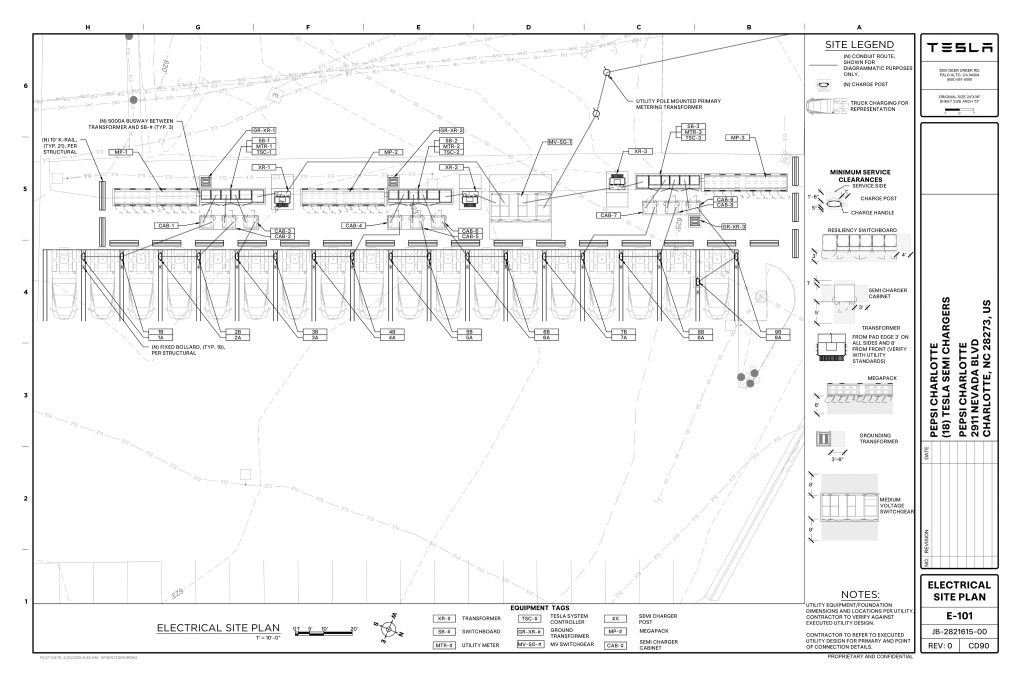
Credit: PepsiCo (via MarcoRPi1 on X)
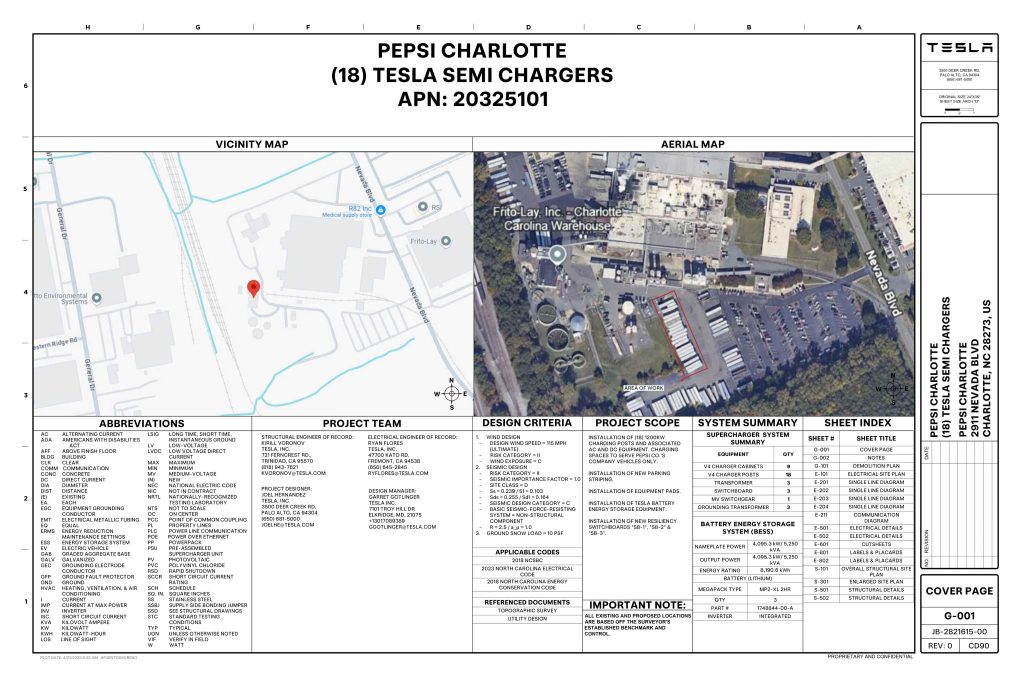
Credit: PepsiCo (via MarcoRPi1 on X)
READ MORE ON THE TESLA SEMI: Tesla to build Semi Megacharger station in Southern California
PepsiCo’s Tesla Semi fleet, other Megachargers, and initial tests and deliveries
PepsiCo was the first external customer to take delivery of Tesla’s Semis back in 2023, starting with just an initial order of 15. Since then, the company has continued to expand the fleet, recently taking delivery of an additional 50 units in California. The PepsiCo fleet was up to around 86 units as of last year, according to statements from Semi Senior Manager Dan Priestley.
Additionally, the company has similar Megachargers at its facilities in Modesto, Sacramento, and Fresno, California, and Tesla also submitted plans for approval to build 12 new Megacharging stalls in Los Angeles County.
Over the past couple of years, Tesla has also been delivering the electric Class 8 units to a number of other companies for pilot programs, and Priestley shared some results from PepsiCo’s initial Semi tests last year. Notably, the executive spoke with a handful of PepsiCo workers who said they really liked the Semi and wouldn’t plan on going back to diesel trucks.
The company is also nearing completion of a higher-volume Semi plant at its Gigafactory in Nevada, which is expected to eventually have an annual production capacity of 50,000 Semi units.
Tesla executive teases plan to further electrify supply chain
News
Tesla sales soar in Norway with new Model Y leading the charge
Tesla recorded a 54% year-over-year jump in new vehicle registrations in June.
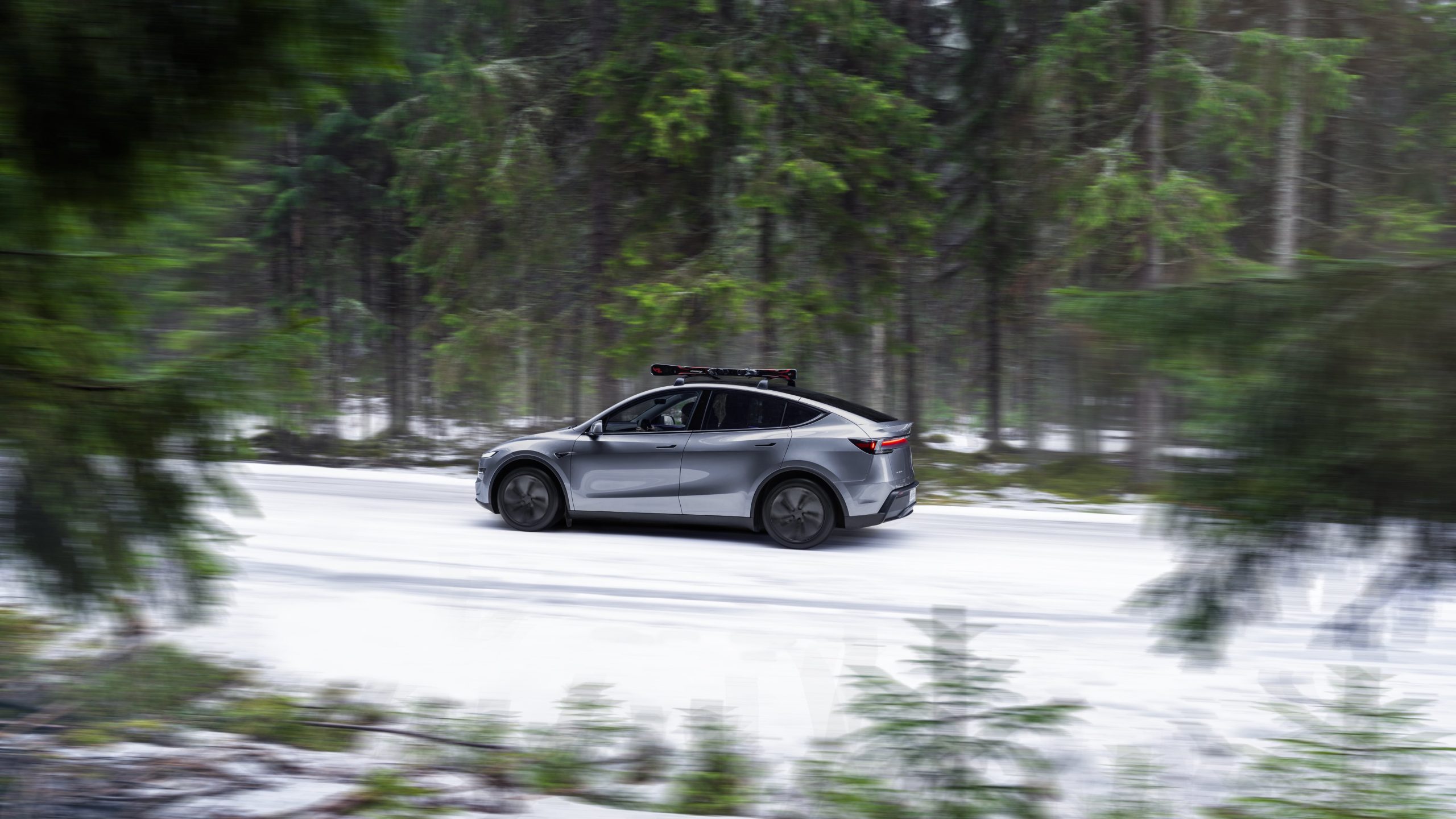
Tesla is seeing strong momentum in Norway, with sales of the new Model Y helping the company maintain dominance in one of the world’s most electric vehicle-friendly markets.
Model Y upgrades and consumer preferences
According to the Norwegian Road Federation (OFV), Tesla recorded a 54% year-over-year jump in new vehicle registrations in June. The Model Y led the charge, posting a 115% increase compared to the same period last year. Tesla Norway’s growth was even more notable in May, with sales surging a whopping 213%, as noted in a CNBC report.
Christina Bu, secretary general of the Norwegian EV Association (NEVA), stated that Tesla’s strong market performance was partly due to the updated Model Y, which is really just a good car, period.
“I think it just has to do with the fact that they deliver a car which has quite a lot of value for money and is what Norwegians need. What Norwegians need, a large luggage space, all wheel drive, and a tow hitch, high ground clearance as well. In addition, quite good digital solutions which people have gotten used to, and also a charging network,” she said.
Tesla in Europe
Tesla’s success in Norway is supported by long-standing government incentives for EV adoption, including exemptions from VAT, road toll discounts, and access to bus lanes. Public and home charging infrastructure is also widely available, making the EV ownership experience in the country very convenient.
Tesla’s performance in Europe is still a mixed bag, with markets like Germany and France still seeing declines in recent months. In areas such as Norway, Spain, and Portugal, however, Tesla’s new car registrations are rising. Spain’s sales rose 61% and Portugal’s sales rose 7% last month. This suggests that regional demand may be stabilizing or rebounding in pockets of Europe.
-

 Elon Musk2 weeks ago
Elon Musk2 weeks agoTesla investors will be shocked by Jim Cramer’s latest assessment
-

 Elon Musk2 days ago
Elon Musk2 days agoxAI launches Grok 4 with new $300/month SuperGrok Heavy subscription
-

 Elon Musk4 days ago
Elon Musk4 days agoElon Musk confirms Grok 4 launch on July 9 with livestream event
-

 News1 week ago
News1 week agoTesla Model 3 ranks as the safest new car in Europe for 2025, per Euro NCAP tests
-

 Elon Musk2 weeks ago
Elon Musk2 weeks agoA Tesla just delivered itself to a customer autonomously, Elon Musk confirms
-

 Elon Musk1 week ago
Elon Musk1 week agoxAI’s Memphis data center receives air permit despite community criticism
-

 News2 weeks ago
News2 weeks agoXiaomi CEO congratulates Tesla on first FSD delivery: “We have to continue learning!”
-

 Elon Musk2 weeks ago
Elon Musk2 weeks agoTesla scrambles after Musk sidekick exit, CEO takes over sales

















